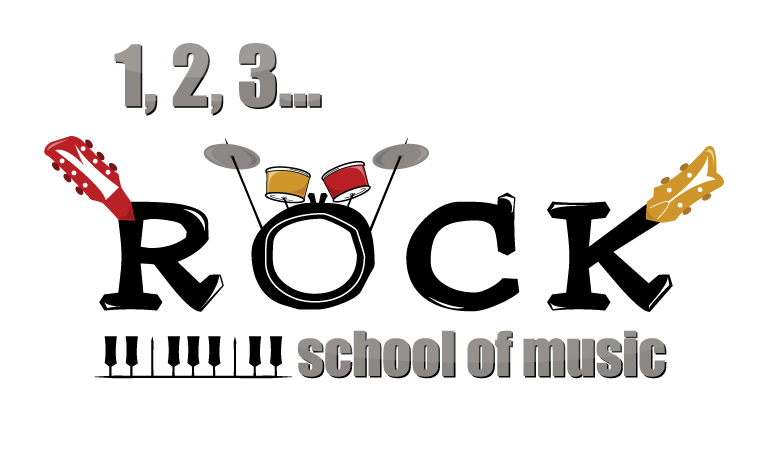Scientists are discovering that certain playlists can boost brain activity and treat anxiety and depression.
—
July 11, 2017
For many, music is the ultimate motivator. Our favorite songs get us off the couch and onto the crag or the trail. Athletes know music is a performance enhancer, and the science backs them up: Two years ago, a study by researchers at McMaster University, in Hamilton, Ontario, showed that subjects who listened to custom playlists were consistently able to generate more power during a 30-second interval than those who did not listen to music.
Neuroscientists have also long known that specific songs can cause chemical reactions in our brain that alter how we feel. Scientists at McGill University, in Montreal, who have spent nearly four decades studying music and the brain, published a 2013 study that showed, in short, when we hear pleasurable music—specifically, recognizable pitches and patterns—our brain releases dopamine, the happiness neurotransmitter that responds to natural reward stimuli like exercise, food, and sex. And last year, Stefan Koelsch, a professor of music psychology at Freie University, in Berlin, and his colleagues expanded on previous studies suggesting that positive moods encouraged by music can maintain healthy physiological responses to stress.Their resultant study, published in the journal Nature Research, found that the release of cortisol among subjects listening to music heightened their abilities to react and overcome stressful situations.
“Music isn’t strictly necessary for survival,” says Robert Zatorre, the 2013 study’s lead author and professor of neuroscience at McGill. “If you don’t get any music, you won’t die.” But Zatorre says this burgeoning field of research showing that music can naturally and profoundly alter the brain’s chemical makeup poses a large question: Can doctors design playlists to serve as an adjunct or even an alternative medical treatment?
In 2013, this issue spurred biologist Ketki Karanam, former head of product design at Nokia Marko Ahtisaari, and MIT Media Lab graduate Yadid Ayzenberg to lay the groundwork for the Sync Project, a Boston-based company whose primary goal is to develop music as precision medicine. For the past two years, Sync has been spearheading various studies that look at the connection between music and the mind. The company has collaborated with advisers from Berklee College of Music, MIT Media Lab, and Spotify to gather data on the therapeutic effects of music on large-scale populations. The ultimate goal is to help doctors treat patients suffering from pain and fatigue, among other ailments, via music instead of—or perhaps in conjunction with—drugs.
“Music can modulate neural systems like the dopamine response, autonomic nervous system, and others that are related to stress, movement, learning, and memory,” says Daphne Zohar, the CEO of parent biopharma companyPureTech Health who joined the Sync team in 2015 and helped launch the project. “But we want to take this into the realm of clinical science.”
Recently, Sync has been collaborating with science advisers like Zatorre and musicians including six-time Grammy-winner Peter Gabriel, American singer-songwriter St. Vincent, and British classical pianist Jon Hopkins to embark on the first-ever large-scale study measuring how the structural properties of music—including beat, key, and timbre—affect our brain activity, heart rate, and sleep patterns. While Sync and its research are still in their infancy, project members envision themselves working toward discovering clinical applications to sharpen focus and treat anxiety, depression, post-traumatic stress, and even Alzheimer’s and Parkinson’s, while providing pain management alternatives in light of the opioid abuse epidemic in the United States, all by using music. Last December, Karanam told a TEDMED crowd in California that she wondered about the day when medical professionals would tell patients, “Take two of these songs and call me in the morning.”
And what songs would a patient be taking? It depends, says Karanam: “In order to have the best effects on your mind and body, we’ll need to personalize music to fit [a potential patient’s] needs and tastes.” Whether that’s tango, rap, or heavy metal, a combination of conscious and subconscious factors—like personal taste, mood, the music that one grew up with—can influence how someone reacts to a song. One can even have positive, unexpected reactions to a song that they wouldn’t typically choose for their playlist, as a recent monthlong pseudo-experiment at Sync revealed. “We have a colleague who said they didn’t like Justin Bieber,” says Karanam. “But while he was listening to him, we looked at his monitor and his wrist device using electronominal activity, which measures the autonomic nervous system and tells us when you’re scared or excited. His heart rate picked up—he was emotionally engaged!”
While its clinical applications are still years away, Sync has been conducting preliminary lab research and launched a few large-scale projects marrying digital music services with wearable body monitors to collect self-reported data from listeners. For example, Sync recently began tracking listeners’ moods, blood pressure, and sleeping habits via wearable devices like Fitbit to identify patterns in the connections between music, emotions, and cognitive performance. To this end, Sync has already analyzed more than 10 million publicly available Spotify playlists tagged with health-related terms, such as “relaxation,” and earlier this year launched Unwind.ai, a smartphone app that offers algorithmically generated music meant to relax a user before sleeping. The company also created the Sync Music Bot, a first-of-its-kind app that delivers daily playlists through Slack’s real-time messaging system, and is testing the effectiveness of specially engineered music for people trying to relax or work. Founders and investors plan to incorporate biometric feedback loops into these programs to gather self-reported heart rate and heart rate variabilities to understand best how physiology correlates to music.
“For the first time, we are trying to understand the emotional state of listeners as they listen to music,” says Tristan Johan, a principal scientist at Spotify and co-founder of the Echo Nest, a research company that aggregates, analyzes, and shares musical data from the web. Johan joined Sync as an artistic adviser to help the engineer and science crew examine musical information and system designs. “The data, when measured by sensors and under normal listening conditions (at home, at work, etc.), is not biased, and we can capture orders of magnitude more of it than in a lab,” says Johan. “The hope is to find the music that is best for you in any given situation or condition, in particular where music can have a positive effect on your health.”
Project members plan to use the data gathered in these preliminary projects ultimately to understand better how useful music can be—and hopefully will be—for medical treatment. Karanam says the company hopes to publish its first research findings one or two years from now. And so Karanam’s question remains: Could we one day harness the personalized therapeutic effects of music?
“We could use music to enhance a lot of people’s lives,” says Zatorre. “Imagine if we could help depressed people get 10 percent better without any drugs? These would have huge societal impacts. Even a small improvement is meaningful.”
—
This article is a re-post, with small modifications, of “‘Take Two Songs and Call Me in the Morning’: How Music Might Be Your Next Prescription Drug” an article published on outsideonline.com by Eric Killelea.
Click here to visit the original content.


